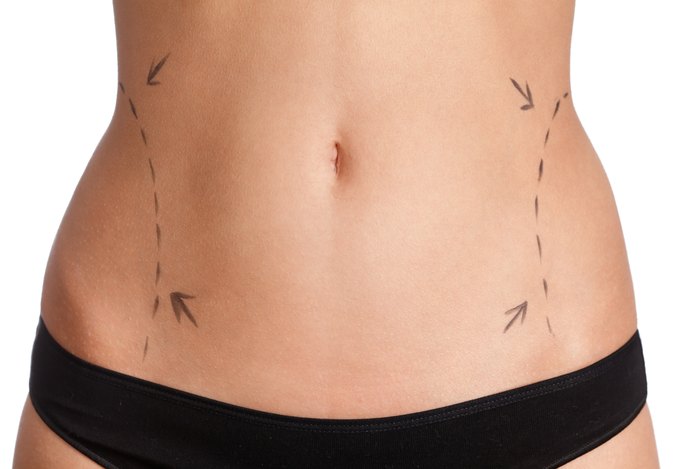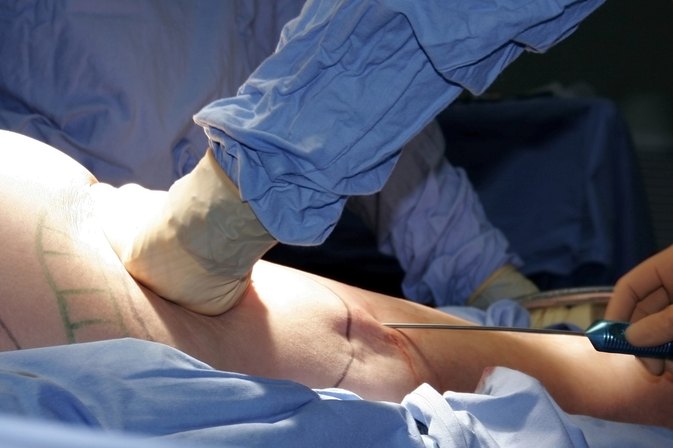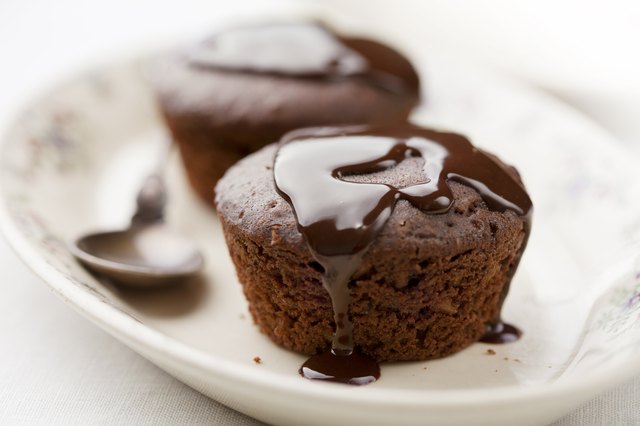What is burn surgery?
The survival rate of burn victims is high, however, most individuals have to deal with serious skin scarring. Skin burns often cause loss of sensation and aesthetic appearance. Both primary and secondary reconstructive measures help to heal the patient's wounds and improve the aesthetic aspects. There are well-established techniques such as debridement, grafts, and scar revisions which can help to regain the aesthetically pleasing skin.
There are two approaches to tackle burn wounds. Either an acute surgery is performed immediately after a burn injury or reconstructive procedures are performed after the burn wound starts to heal. Plastic surgery is not only a promising tool to counter skin burn wounds but it also helps the patients to recover from their traumatic experience.
What are the plastic surgery options for burns?
Plastic surgery is the best option for both mild and severe burn injuries. It can help to regain cosmetically appealing skin. There are several plastic surgery options for burn injuries. For severe wounds, prior to reconstructive surgery, the injuries are subjected to debriding (removal of damaged tissue). Afterward, the following approaches can be considered-
Skin Grafts: - This is a common approach used for burn patients. In this method, skin from another part of the body is removed and transplanted over the burnt area. Skin grafts are basically of two types:
Split-thickness grafts: - In this case, only a few layers of outer skin are transplanted.
Full-thickness grafts: - In this case, the entire dermis is transplanted.
The skin is removed from the donor site with a skin cutting instrument called a dermatome. The donor sites are usually the inner thighs or buttocks. After removal, this skin is placed on the recipient area (burnt site) with stitches. Afterward, these sites are covered with a dressing to prevent infections.
Microsurgery: - Microsurgery is a reconstructive procedure when there is a case of a lost finger, toe, ear, or lip. This medical procedure aims at reattaching of the above mentioned. During this procedure, the Cosmetic surgeon will sew the tiny blood vessels. This method also concerts with free flap procedures.
Free Flap Procedure: - This method is well suited for breast reconstruction. This method includes the transfer of muscles, skin, or even bone with active blood supply. Often performed with microsurgery, it’s healing time can exceed from a few weeks to a couple of months.
Skin Grafts: - This is a common approach used for burn patients. In this method, skin from another part of the body is removed and transplanted over the burnt area. Skin grafts are basically of two types:
Split-thickness grafts: - In this case, only a few layers of outer skin are transplanted.
Full-thickness grafts: - In this case, the entire dermis is transplanted.
The skin is removed from the donor site with a skin cutting instrument called a dermatome. The donor sites are usually the inner thighs or buttocks. After removal, this skin is placed on the recipient area (burnt site) with stitches. Afterward, these sites are covered with a dressing to prevent infections.
Microsurgery: - Microsurgery is a reconstructive procedure when there is a case of a lost finger, toe, ear, or lip. This medical procedure aims at reattaching of the above mentioned. During this procedure, the Cosmetic surgeon will sew the tiny blood vessels. This method also concerts with free flap procedures.
Free Flap Procedure: - This method is well suited for breast reconstruction. This method includes the transfer of muscles, skin, or even bone with active blood supply. Often performed with microsurgery, it’s healing time can exceed from a few weeks to a couple of months.
Tissue expansions: - This technique allows the burnt patients to grow extra skin which can later be used for reconstructive procedures. Balloon expanders (an instrument) can help to achieve this extra growth of the skin. This balloon is placed under the skin and is filled with the saline solution which causes the skin to expand as happens during pregnancy. After sufficient skin is grown, it can be used to correct or reconstruct the damaged area. The best thing about this method is that the reconstructed area has even skin colour and texture compared to the neighboring area.
How to afford burn surgery on a tight budget?
With the advancement in plastic surgery treatment for skin burn, the out-of-pocket expenses grow rapidly. The inability of health insurance to cover all treatment cost forces the patients to look for affordable financing options. So, opt for Denefits revolutionary payment plans for plastic surgery procedures of all ranges.
For more info, call us at +1-833-336-3348 or visit us





















